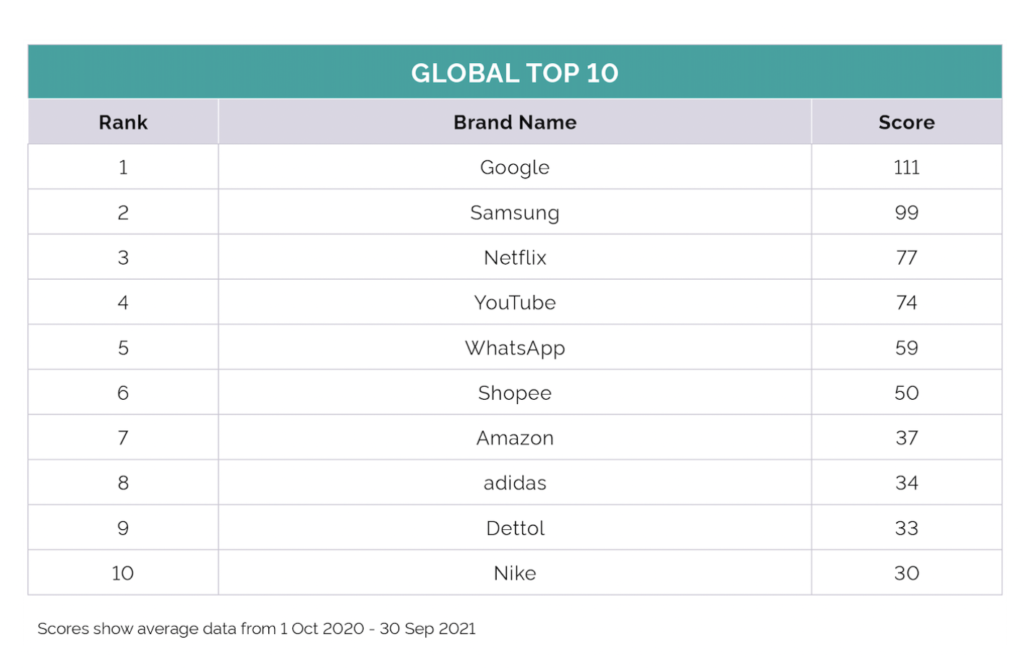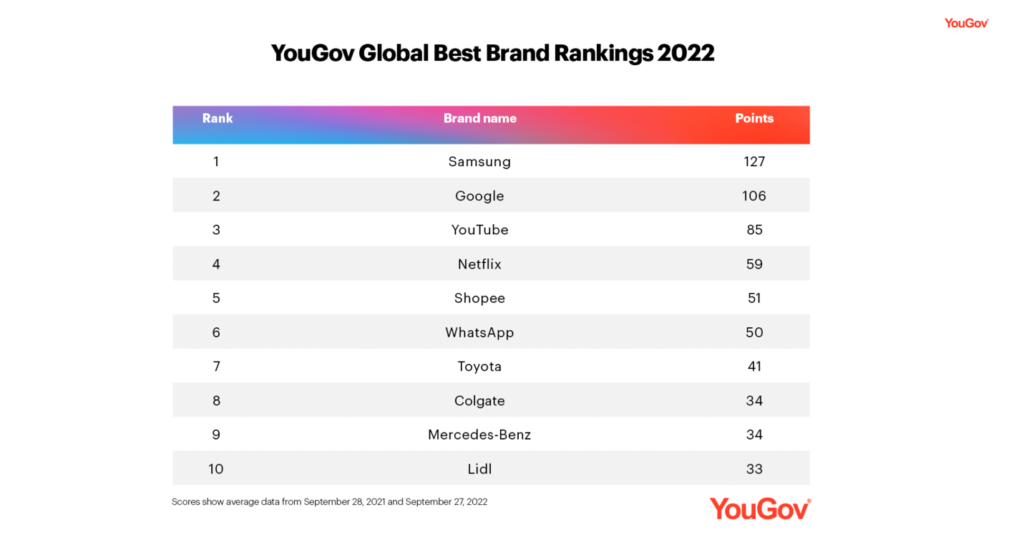A new UK Bill proposes potentially far-reaching powers over the tech companies driving the social eCommerce boom. In addition, regulatory uncertainty may complicate innovation, sending both in search of a modern banking solution.
Tech companies have long helped to drive consumer-facing payments innovation for eCommerce. Still, they also often serve as the engines of growth for social media companies that have—or plan to—adopt shopping options. Brands marketing products through deep integrations with social media platforms via live shopping events or through virtual pop-up shops have transformed how consumers and brands connect.
But these cozy relationships may face new scrutiny if a new bill is adopted.
The UK’s Financial Services and Markets Bill would allow HM Treasury, the UK’s economic and finance ministry, to expand the range of business categories subject to oversight—including third-party payment service providers. Currently, under review in The House of Lords, the Bill would grant regulators broad powers to impose new compliance tasks on any selected entity or restrict the commercial activity of that entity on a case-by-case basis.
Under the Bill, HM Treasury would be able to “modify any legislation” under the current Payment Services Regulation of 2017, “confer new powers on the Treasury,” “grant rule-making powers to a regulator,” “enable a regulator to charge fees” about their functions, and “to create among other things, new criminal offenses or modify existing ones.”
New Treasury Powers Leave Key Categories Open To Interpretation
That’s a lot of power—all of it to be focused on businesses chosen at the discretion of the Treasury, as the Bill’s research brief puts it, “in connection with protecting and enhancing the integrity or stability of the financial system operating in the United Kingdom.”
According to the brief, the broad terms are intentional—the Bill’s teeth lie in its emphasis on potentialities. Its goal is to leverage regulatory power to avert latent risk within the B2B payments and financial services ecosystem. The Bill, presented to parliament in July, was promoted as an effort to mitigate systemic risk to the UK’s economic infrastructure.
“Even though these third-party providers are not financial services firms,” the research briefing for the Bill reads, “some of them are used widely enough that their failure could significantly impact the financial services sector – for example, by restricting firms’ ability to make payments or access important data.”
Big Brands And Social Media Companies Could Face A New Compliance Regime
The chosen remedy, the briefing continues, is to create a framework to designate businesses as critical third parties (CTPs) when in the event of their failure, there would be a risk to “UK financial stability or confidence.”
That could include some of the world’s biggest tech or social media platforms companies—businesses that have long been subject to significant regulatory oversight through the Payment Services Regulation of 2017.
Under the proposed definition of critical third parties, any company—such as a social media brand or a platform with a large client base and deep connections to large marketplaces—could be designated a CTP.
In “312M: Power to make rules,” the Bill states that a regulator may “direct a critical third party to— (a) do anything specified in the direction, or (b) refrain from doing anything specified in the direction.”
While much of this legislation was put forth as focused on businesses connected to the financial services industry, the UK government formed a Digital Markets Unit in late 2020 which was designed to examine the role of “tech giants” and designate certain businesses as having “strategic market status,” a term that echoes a “critical third party” designation concerning financial markets. According to a recent analysis, large businesses with digital roots—or customers—in the UK may also be fair game for this regulatory initiative.
“The scope of the DMU’s powers are yet to be confirmed,” according to a post on JDSupra in mid-2021. “It is anticipated that the DMU will work to promote online competition, including by ensuring that consumers are given choice and control over the use of their data.”
But the DMU is not only looking at consumer-facing data policy. The DMU, publishing excerpts from a speech by Sarah Cardell, Interim Chief Executive of the Competition and Markets Authority, presented a broad vision for the DMU. According to the posting in November, the DMU will focus on promoting “dynamic competition in digital markets to create an attractive ecosystem for investment and innovation.” That broad definition gets a bit wider later on.
“Network effects mean people benefit from being on the same platform as each other: the more people who join a platform, the better the user experience may be,” Cardell states. But this effect impedes people’s ability or appetite to switch to new platforms when they have lower initial user bases.”
After mentioning Apple, Microsoft, Amazon, and Meta as examples of market domination, Cardell talks about the ramifications of a “winner-takes-all” digital landscape.
“We must be mindful of the risks that come from significant and entrenched market power – particularly in markets that have become essential for our way of life and commerce,” Cardell writes. “But so-called ‘dark patterns’ can emerge whereby consumers end up paying more or being caught in subscription traps, and online fake reviews can significantly distort consumers’ choices. This can be particularly significant for consumers in vulnerable situations, who may already find it harder to access the benefits of digitalization.”
While large brands and social media platforms are on the DMU’s radar, according to Cardell, businesses entwined with the world’s biggest names in tech may be impacted by default. An example might be brands or individuals selling to consumers directly via social media accounts or through eCommerce integrations.
Of course, UK regulators have traditionally held power to compel those under their jurisdiction to comply with directives under existing law. However, The Financial Services and Markets Bill’s expansive powers to designate businesses of any sector as critical third parties represent a shift that leaves social media platforms and tech companies uncertain.


